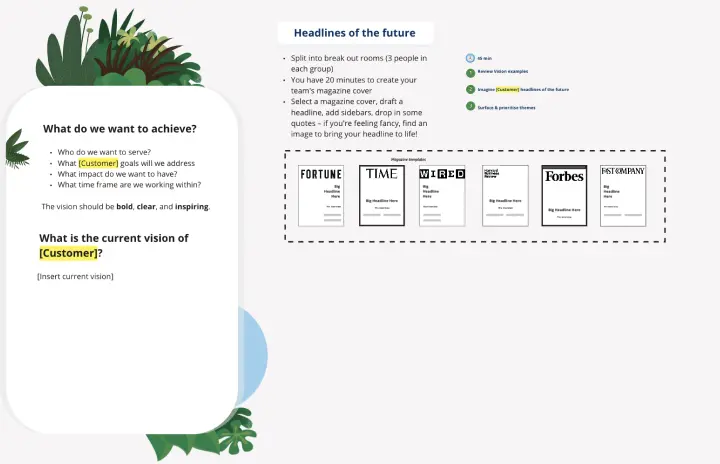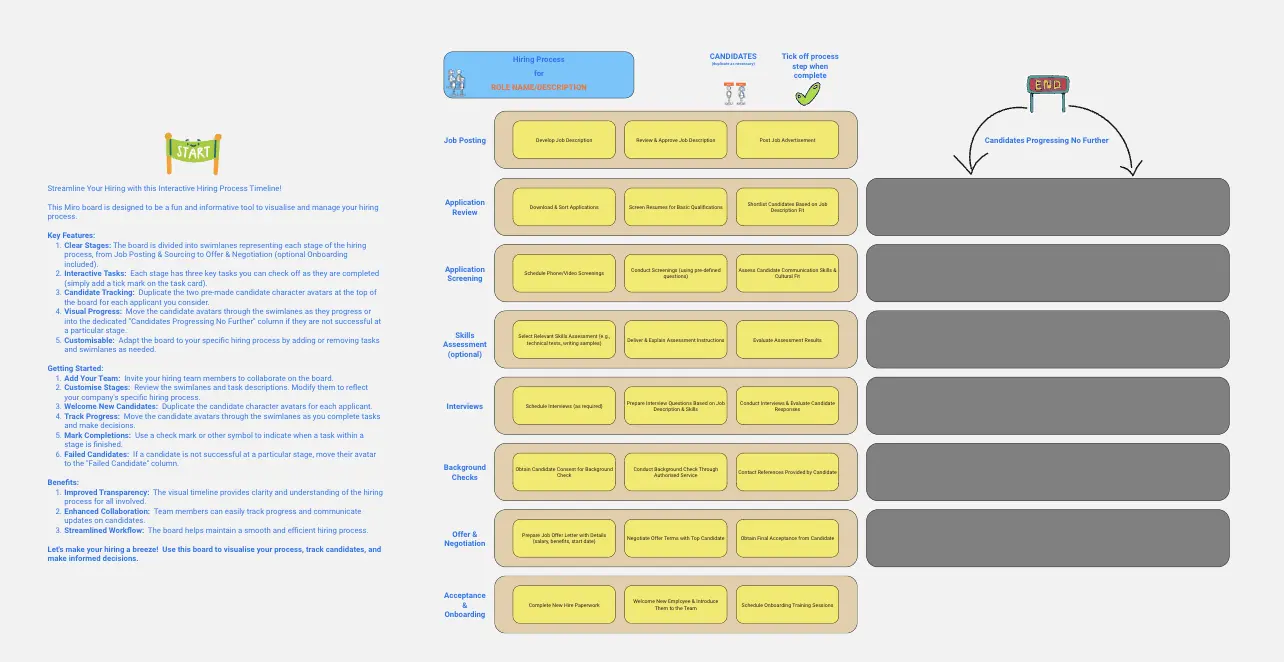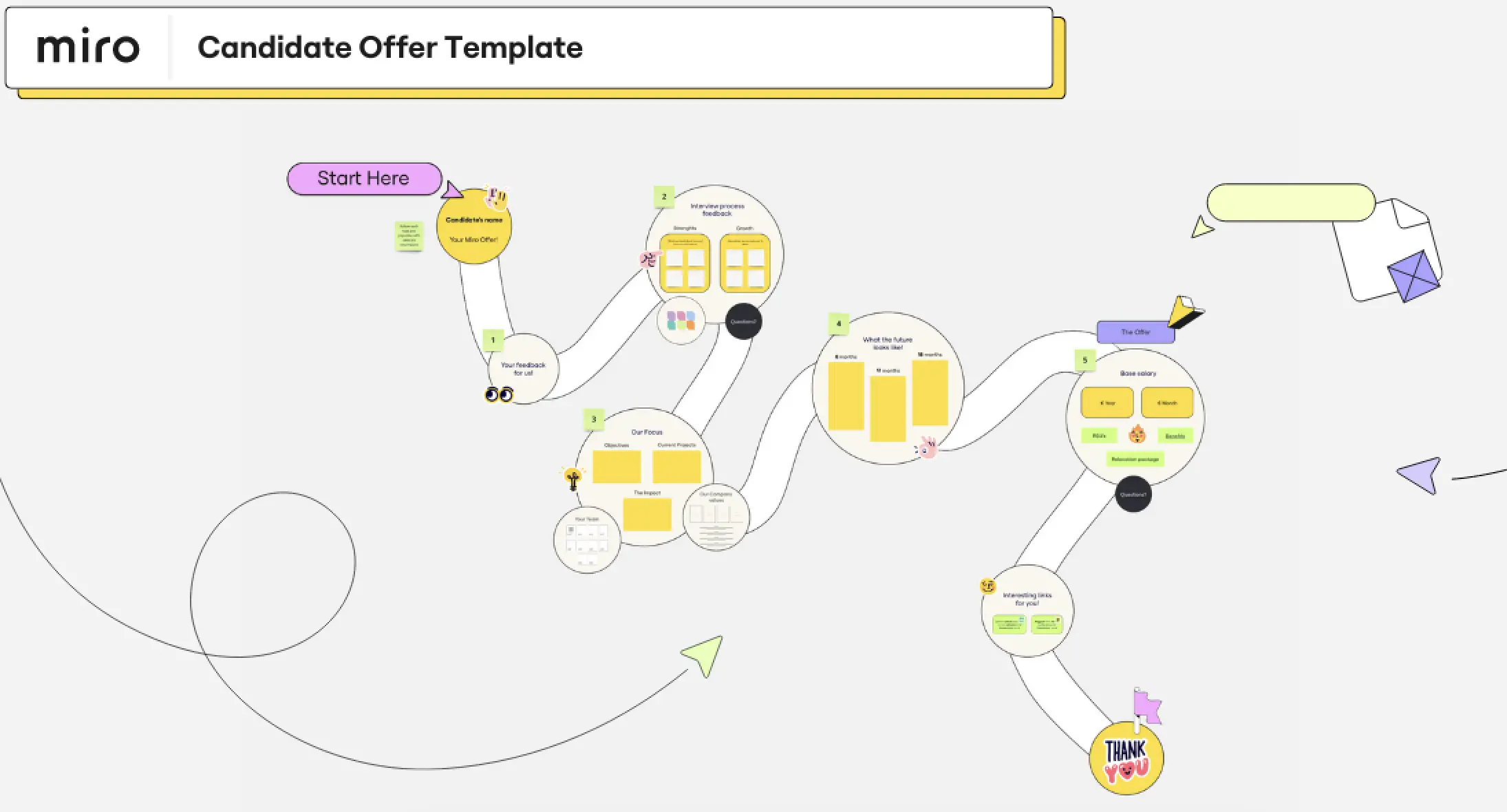Recruiter Competency Framework
Description
This template is designed to assist human resources teams in evaluating and measuring the performance of their recruiters. It provides a framework for assessing various aspects of recruitment, including teamwork, business partnership, recruiter competency, and measurement criteria.
How the Recruiter Competency Framework will help your teams
Competencies are an essential component of professional development. They help as follows:
Creates clear expectations - Competencies provide clear expectations about the skills, knowledge, and behaviors required for success in a particular role or field. This clarity helps individuals understand what is expected of them.
Helps measure performance - Competencies serve as criteria for assessing and measuring performance. They provide a framework for evaluating how well individuals or teams are performing in relation to the established standards.
Aligns teams to goals- Competencies help align individual and organizational goals. By identifying the key skills and behaviors necessary for success, competencies ensure that efforts are directed toward achieving common objectives.
Helps manage talent - Competencies help identify candidates with the right skill sets and guide the development of future leaders.
Provides clear communication and feedback - Competencies facilitate communication between employees and managers. They provide a common language to discuss performance, expectations, and areas for improvement, fostering constructive feedback.
Helps with succession planning - Competencies play a crucial role in succession planning by identifying and developing individuals with the potential to take on leadership roles in the future.
How to use the Recruiter Competency Framework. Here's a step-by-step guide on how to use this template effectively:
Define your competencies: Customize each of the four competencies, or areas of focus, in recruiting at your organization. These competencies encourage recruiters to understand and align their work with these pillars. In this example, we’ve included the following four competencies:
Business Partnership: The importance of building strong relationships with hiring managers and other stakeholders. Encourage recruiters to understand the needs of the business and align their recruitment strategies accordingly.
Recruiting Excellence: The overall quality of recruitment efforts. Recruiters should set high standards for candidate selection, ensure data integrity, and seek feedback from candidates and hiring managers.
Iteration: The importance of continuous improvement and learning from past experiences. Encourage your team to reflect on their recruitment processes and identify areas for improvement.
Working Together: The practice of collaboration and teamwork within the HR department. Recruiters should work closely with hiring managers, interviewers, and other stakeholders to ensure a smooth recruitment process.
Describe each of the competencies: In the areas below the competency or pillar headers, clearly define each to clarify your organization’s expectations. Encourage your recruiters to have a clear understanding of their roles and responsibilities.
Explain how each competency is measured: At the bottom of each pillar, fill out the “How is this measured?” section. This provides measurement criteria for evaluating the effectiveness of business partnerships. Metrics such as monthly goals/OKRs, 360 reviews, manager feedback, and stakeholder feedback can be used to assess performance in this area. It creates clear expectations and alignment on how recruiters can find success.
Customize each pillar table: Customize each of the rubrics within each competency to (1) describe which behaviors make up each of the competencies in the “Component” column, and (2) define how recruiters are expected to express those behaviors at each level. In this template, we’ve used levels numbered four through seven. Adjust those to the levels used at your organization. For example, instead of numbers, you might use titles (ex., Associate, Manager, Director, etc.). Encourage your recruiters to familiarize themselves with the competencies outlined in the template to set expectations. By following these steps and utilizing the information provided in this template, human resources teams can effectively evaluate and measure the performance of their recruiters.
In summary, competencies serve as a valuable tool for individuals and organizations to set expectations, measure performance, and facilitate growth and development.
Categories
Similar templates





